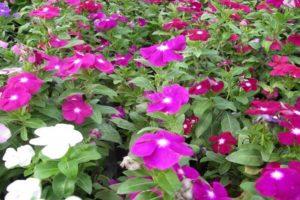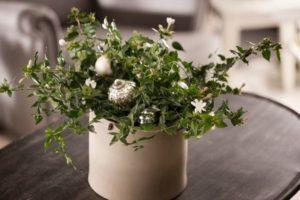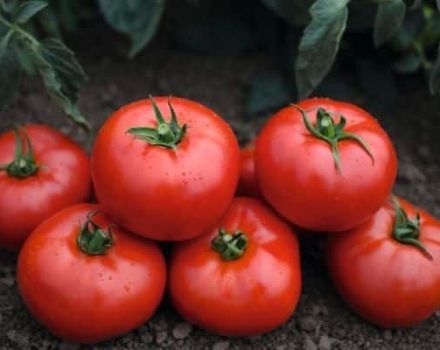Description and characteristics of petunia varieties Starry sky, the subtleties of growing
Petunia of the Starry sky variety is a special and beautiful flower that adapts well to the climate in our territory. The flower is easy to care for, thanks to which it is popular among flower growers, attracts with its unusual color and flowering all summer. It is a decoration of the greenhouse, and it pleases the eye when entering and leaving the house. The color of each flower is individual and unpredictable, so you want to keep looking at the quirkiness of the patterns. This flower is artificially bred and is sometimes called Petunia Night Sky or Starry Night, as it is very similar to the enchanting evening sky.
Description and features
The color of flowers depends on watering, soil and light. The plant grows as a small bush, blooms for two to three months and is usually grown in hanging baskets and pots. This is a fairly compact flower, but its shoots reach one meter and are strong enough, and buds are formed on each shoot.
There are varieties of petunias that can only be bred vegetatively, and this species belongs to them. Her seedlings can be bought at garden stores, and in the fall, the bushes should be trimmed and stored in a cool room. Spring is the best time for cuttings.
History of origin
The first discoveries of this flower were back in the 18th century, but it was the Night Sky petunia variety that appeared quite recently, bred in Germany. The variety has a very early flowering period, good branching and beautiful flowers. This species appeared in 2015.
Varieties
There are several varieties of the variety.

Night sky
Today there are two most common hybrids of this plant.
The first hybrid is petunia Night sky or in English Night sky or Nightsky, the second hybrid is Pupa.
The shoots of the Night sky branch out and grow up to one meter. Moreover, they are characterized by the presence of numerous branches, densely covered with buds. Flowering takes place throughout the summer. The flowers are dark blue with a purple tint, and against this background there are splashes of various shapes in white.
Chrysalis
The Petunia Pupa is characterized by bright green foliage that forms a carpet on which bright beautiful pink flowers with white splashes are located. The flower is calm about the transplant and produces a large number of buds. This flower is used to decorate balconies, loggias, terraces, gazebos. They effectively fill empty spaces in the garden, are characterized by weather resistance and such a feature as changing colors depending on external factors.
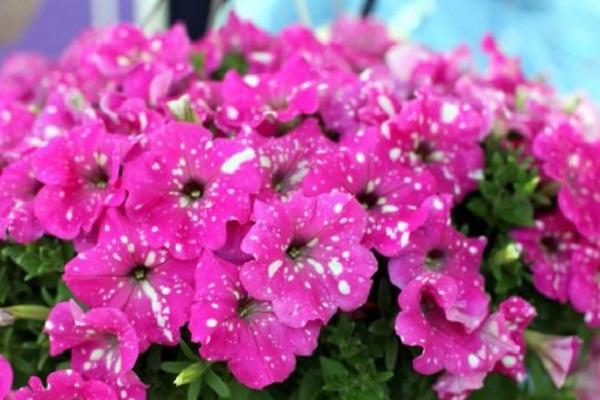
How to plant with cuttings
Flower transplantation is as follows. It is necessary to cut a stalk with two nodules 10 centimeters long. You need to cut off all the flowers and leaves, put the stalk in water for two weeks. After the roots appear, the stalk must be transplanted into the soil, and after two weeks the shoot in a pot with earth must be rearranged to partial shade. The flower takes root quickly enough and forms a root system.
Soil requirements
The soil should consist of two parts of peat, sod land, leafy earth and humus, and one part of sand taken. It is advisable to sift the soil before planting.
How to cut
When grafting, you should always monitor the moisture content. If the owner wants to preserve certain properties of the plant, for example, its color, then it must be dug out at the end of summer and transplanted into a pot. In winter, the plant should be at temperature conditions not lower than 10 degrees Celsius. Cuttings can be transplanted directly into seedling boxes and covered with a plastic cup, and watered through a tray. Petunias from cuttings retain the appearance of the original plant.
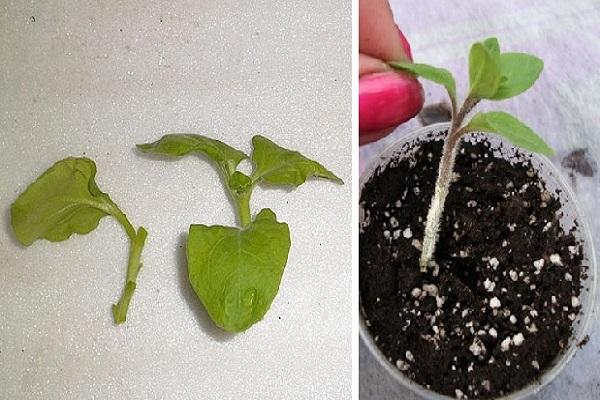
Outdoor transplant
The cutting is rooted in the soil immediately after the roots appear. After transplanting, they are watered, and it is better to transplant them not under the scorching sun, so as not to burn the leaves.
How to plant with seeds
First you need to tackle seedlings.
Growing seedlings
Petunia is quite unpretentious and grows well in the open field. But before planting it in open ground, it is necessary that the seedlings get used to the conditions of open ground for some time, it needs to be taken out for a while outside for at least a week.
Flowers must be protected from the wind. If it is a container petunia, then drainage must be poured at the bottom. For these purposes, floor vases, balcony boxes are suitable. The plant blooms 65-92 days after planting the seeds.

Preparation of soil and planting material
Petunia is also propagated by seeds, which are sown in seedling boxes in early spring. For this purpose, it is better to use granular seeds, they are more palpable in the hands, which allows you not to overdo it with their quantity, because of which the seedlings will be located very closely to each other. These seeds allow you to sow them at the same distance from each other.
The material is sown into a special multicomponent substrate.
Sowing dates
Before sowing, the land must be allowed to warm up at room temperature. It needs to be poured with settled water with the addition of potassium permanganate. After sowing, stretch the cling film over the box and remove it only for airing and spraying.
The seedlings are grown at room temperature and should emerge in 7-10 days. Water the sprouts with a syringe strictly under the root, and dive at a height of 2 to 3 centimeters.

How to plant
When planting, it is necessary to promptly remove faded flowers. This is a fairly drought-resistant plant. Instances that grow in containers require frequent watering. And the leaves can turn yellow from insufficient irrigation, improper soil acidity.
Airing
Seeds that have hatched do not need to be watered. After the shoots get stronger, the film and glass are removed and the plant is allowed to ventilate.Over time, the time for airing is increased, due to which the plant adapts to the environment. And when the third leaf appears, the film can be removed completely.
Dive
Seedlings can be dived when 2-3 leaves appear on the petunia. Diving consists in separating plants into separate containers. The bushes are transferred into small plastic cups, and as the flower grows, the earth must be added in parts.

Hardening
When the seedlings are planted in pots, they begin to harden them, accustom them to a temperature of 10 to 15 degrees. To do this, they transfer it to a cold place for a while or open a window above it. This period of time should last no more than 15 minutes, gradually increasing it.
Topping
Pinching is carried out in order to form a beautiful bush, and is performed at the stage of formation of the 4-5th leaf.
Landing in open ground
To plant a plant in open ground, you need to consider some key points:
- the plant loves light;
- does not like stagnant fluid;
- it is necessary to feed once every two weeks.
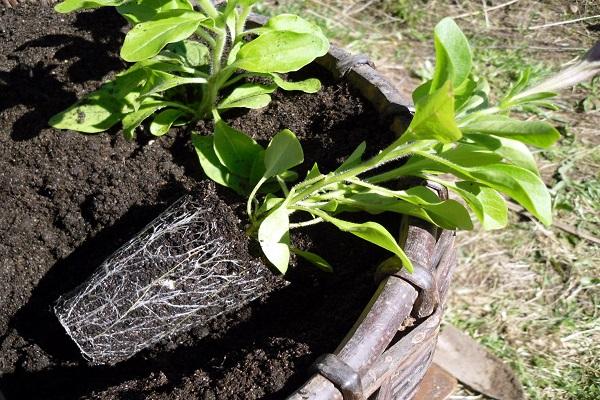
Seat selection
When choosing a place for planting, it should be borne in mind that petunia loves bright, but diffused light or partial shade, and the plant should be at least 12 hours under illumination. If the culture cannot be provided with such lighting, then it is necessary to install a phytolamp.
Soil requirements
The soil for planting is multi-component, consisting of peat, sand, turf and leafy soil. You can also add wood ash.
Landing scheme
Seeds must be planted on time. After preparing the soil, the material is laid out in moist soil. There is no need to deepen or cover with soil. You need to create a greenhouse and cover the seeds with foil. Plants need to be planted thirty centimeters from each other. A flower is planted as follows:
- You need to make a markup for landing.
- Seedlings are removed from the container carefully so as not to damage the root system.
- Form the holes in which the seedlings are laid out.
It is better to transplant when the plant is comfortable, namely in cloudy weather.
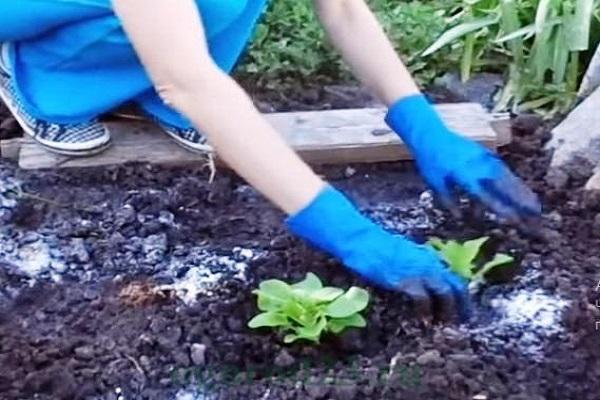
Timing
In order to correctly determine the timing of planting seedlings in the ground, you need to know the timing of sowing seeds, germination, the growth period of seedlings and the immediate timing when the seedlings are ready for transplanting into the ground.
Care
Petunia must be properly cared for.
Temperature regime
The plant is characterized by thermophilicity. During the day it can withstand high temperatures, and at night it needs coolness. Thanks to this temperature, the plant will form beautiful white blotches.

Watering
From the moment the flower is transplanted into the ground, it must be regularly watered at the root once every three days so that water does not fall on the buds and the flower itself. In the heat, you need to monitor the condition of the plant and irrigate it as needed. The water should be soft and free of chlorine.
Fertilizer
Fertilize with phosphorus fertilizer. On average, three to four feedings per month. After a month, you can fertilize with a nitrogenous compound. During the bud period, they are fed with potash fertilizers no more than two times. During flowering, petunia is fed once every two weeks with fertilizers for flowering plants at the rate of 1 tablespoon per 10 liters of water.
Pruning
Pruning is used to prevent the branches from lengthening too much. With proper care, the flower can bloom all summer. Caring for the Starry sky petunia, one must not forget about the regular pruning of shoots and the formation of a bush. With elongated shoots, the number of buds is significantly reduced, and the flower does not look so beautiful and impressive.
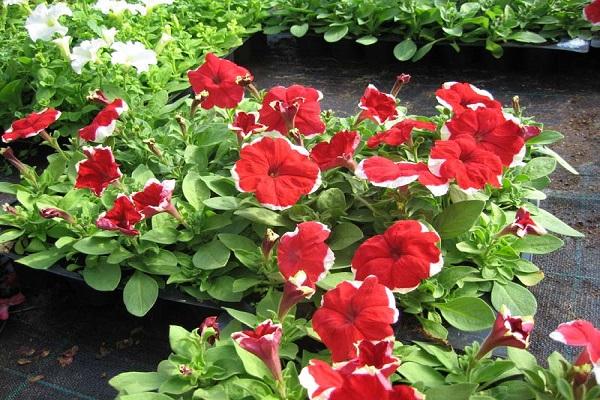
Diseases and pests
To avoid the occurrence of diseases, it is necessary to observe harmonious conditions for the soil, to properly water the plant.
Leaves and stems can become moldy after cold weather. To suspend this process, you need to pour sand under the bush.In case of damage, the leaves must be treated with soapy water and an insecticide solution.
Spider mites
Petunia Starry sky is often affected by spider mites. They love plant buds. In appearance, they look like small white dots on the leaves, which twine a cobweb on the stems and leaves. These spots increase over time, and the leaves dry out and fall off. The flower should be sprayed with acaricides 3-4 times a day.

Aphid
Aphids mostly eat buds and flowers, and the stem and leaves are covered with dew drops. The leaves begin to slowly die and curl, and the buds wither. The flower should be sprayed with tobacco and soap.
Thrips
Pests appear on both sides of the leaves. Because of them, white dry stripes appear on the leaves. Flowers and buds start to fade. Traces of black and green pests form on the leaves. It is necessary to process the flower with the preparation "Confidor" or "Aktara".
Powdery mildew
Powdery mildew leaves a coating on the leaves and white spots. This disease belongs to fungi. Because of it, the leaves curl and dry out. You need to spray with a tincture of garlic.
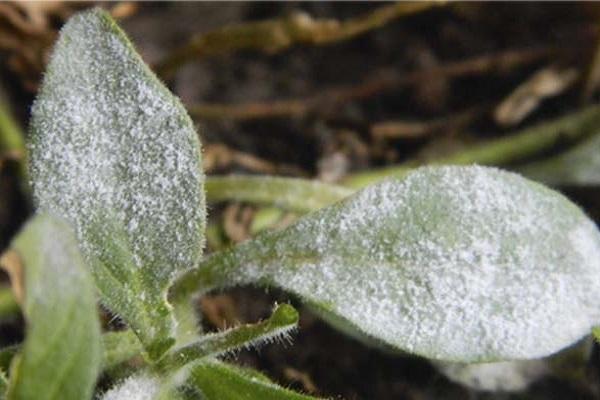
Gray rot
This disease manifests itself in the form of stickiness on the leaves and a fluffy gray coating. After it, the leaves are covered with brown spots and die. This disease also belongs to fungi. You can treat it with the drugs "Trichodermil" or "Ordan".
Reproduction
Petunia can be propagated in several ways.
Cuttings
Petunia Starry night propagates by cuttings. This method is simple and easy. The shoot breaks off, drops into a glass of water, awaits the appearance of roots and transplants into peat soil, awaits the formation of the root system and transplants into prepared soil a month later.

Seeds
Petunia Starry Sky can be grown from seeds in late February - early March, which are sown, and after the appearance of seedlings, they are planted in open ground.
Possible problems
Most problems are caused by improper care. In order to prevent diseases, the leaves must be treated with special solutions. With a lot of light, the leaves may turn yellow and the buds may fall off. Water should be done very carefully so that the leaves and flowers do not get wet.
